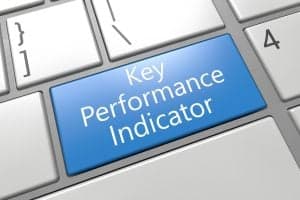
Overall Equipment Effectiveness (OEE) can be used to optimize performance in production and offers a clear set of metrics for interpreting the data from IoT sensors.
Companies in any kind of production have wished for generations that little birds could let them know when equipment begins to fail and help predict maintenance to reduce planned downtime as much as possible. IoT is bringing that to reality, but how do companies measure results outside of the test lab and in the real world? With the Overall Equipment Effectiveness (OEE) KPI. Let’s take a look at how it works on the line.
What is OEE?
IoT devices produce a lot of potential data, but it’s up to the company to interpret. One important KPI, the OEE standard, offers a realistic way to determine machine effectiveness. It addresses three parts:
- Availability: The percentage of scheduled time the machine or process can produce
- Performance: A comparison between the ideal or estimated performance speed and the actual production speed of the machine.
- Quality: A comparison of the good parts produced with the number of good parts.
The OEE considers all three components by averaging the percentages of each for an overall percentage that companies use to measure.
See also: IoT Creates Buzz, but IoT-as-a-Service Creates a Path
Managing Overall Equipment Effectiveness with different strategies
The overall percentage from one OEE to another will change, but there are several strategies for assessing those numbers.
Looking at the overall percentage gives companies an idea of how overall performance changes. They can also prioritize individual percentages regardless of the overall percentage. For example, one assessment with a near-perfect quality score but a lower overall OEE score might better achieve specific goals.
In addition to clarity about the performance of machines, OEE is also an effective trigger for lowered performance or necessary maintenance. If numbers dip below a certain threshold, a notification (or alarm in emergencies) goes off to mitigate any possible effects of downtime. It can also uncover any patterns that could interfere with production.
Leveraging OEE for the connected shop floor
Overall Equipment Effectiveness can be used to optimize performance in production and offers a clear set of metrics for interpreting the data from IoT sensors. It provides a clear and measurable way to analyze data in real-time and provides the opportunity for dynamic planning of maintenance, inventory control, and scheduled improvements.






